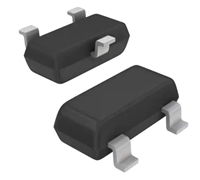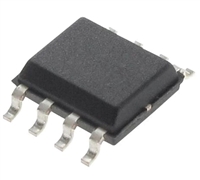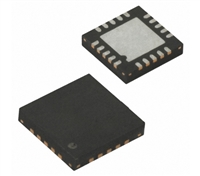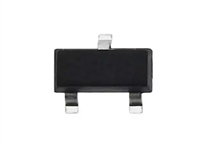| 生命周期: | Obsolete | Reach Compliance Code: | unknown |
| 风险等级: | 5.56 | 其他特性: | TTL INTERFACE, ATC (AUTOMATIC THRESHOLD CONTROL) CIRCUIT IS USED FOR STABILIZED OUTPUT AT A WIDE RANGE OF OPTICAL POWER LEVEL |
| 主体宽度: | 13 mm | 主体高度: | 8.5 mm |
| 主体长度或直径: | 15.5 mm | 数据速率: | 10 Mbps |
| 光纤设备类型: | RECEIVER | 光纤类型: | 980/1000, POF |
| 安装特点: | THROUGH HOLE MOUNT | 最高工作温度: | 85 °C |
| 最低工作温度: | -40 °C | 接收类型: | DIGITAL |
| 最大供电电压: | 5.25 V | 最小供电电压: | 4.75 V |
| 标称供电电压: | 5 V | 表面贴装: | NO |
| 端子面层: | NOT SPECIFIED | Base Number Matches: | 1 |
| 型号 | 品牌 | 获取价格 | 描述 | 数据表 |
| TORX1950A(F) | TOSHIBA |
获取价格 |
Fiber-Coupler(TOSLINK), DC to 10 Mbps, Receiver |

|
| TORX1951(F) | TOSHIBA |
获取价格 |
Fiber Optic Receiver, FIBER OPTIC RECEIVER, 6Mbps, THROUGH HOLE MOUNT |

|
| TORX1951A(F) | TOSHIBA |
获取价格 |
Fiber-Coupler(TOSLINK), DC to 6 Mbps, Receiver |

|
| TORX1952(F) | TOSHIBA |
获取价格 |
Fiber Optic Receiver, FIBER OPTIC RECEIVER |

|
| TORX1952A(ENR,F) | TOSHIBA |
获取价格 |
Receiver, 10Mbps, Through Hole Mount |

|
| TORX1952A(F) | TOSHIBA |
获取价格 |
FIBER OPTIC RECEIVER |

|
| TORX196 | TOSHIBA |
获取价格 |
FIBER OPTIC RECEIVING MODULE |

|
| TORX198 | TOSHIBA |
获取价格 |
FIBER OPTIC RECEIVING MODULE |

|
| TORX40 | ETC |
获取价格 |
FIBER OPTIC RECEIVER |

|
| TORX50 | ETC |
获取价格 |
FIBER OPTIC RECEIVER |

|
 解读BAV99LT1数据手册:产品特性、电气参数及替换型号推荐
解读BAV99LT1数据手册:产品特性、电气参数及替换型号推荐

 资料解析:P82B96TD引脚图说明、电气参数
资料解析:P82B96TD引脚图说明、电气参数

 ATA6621N数据手册解读:产品特性、引脚图信息、电气参数
ATA6621N数据手册解读:产品特性、引脚图信息、电气参数

 一文AO3400引脚图、参数、产品特性
一文AO3400引脚图、参数、产品特性
